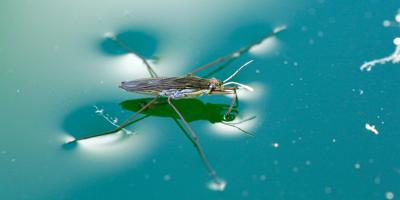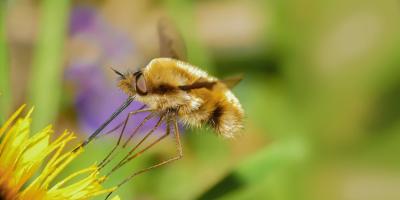Wait! Don’t Kill that Bug!
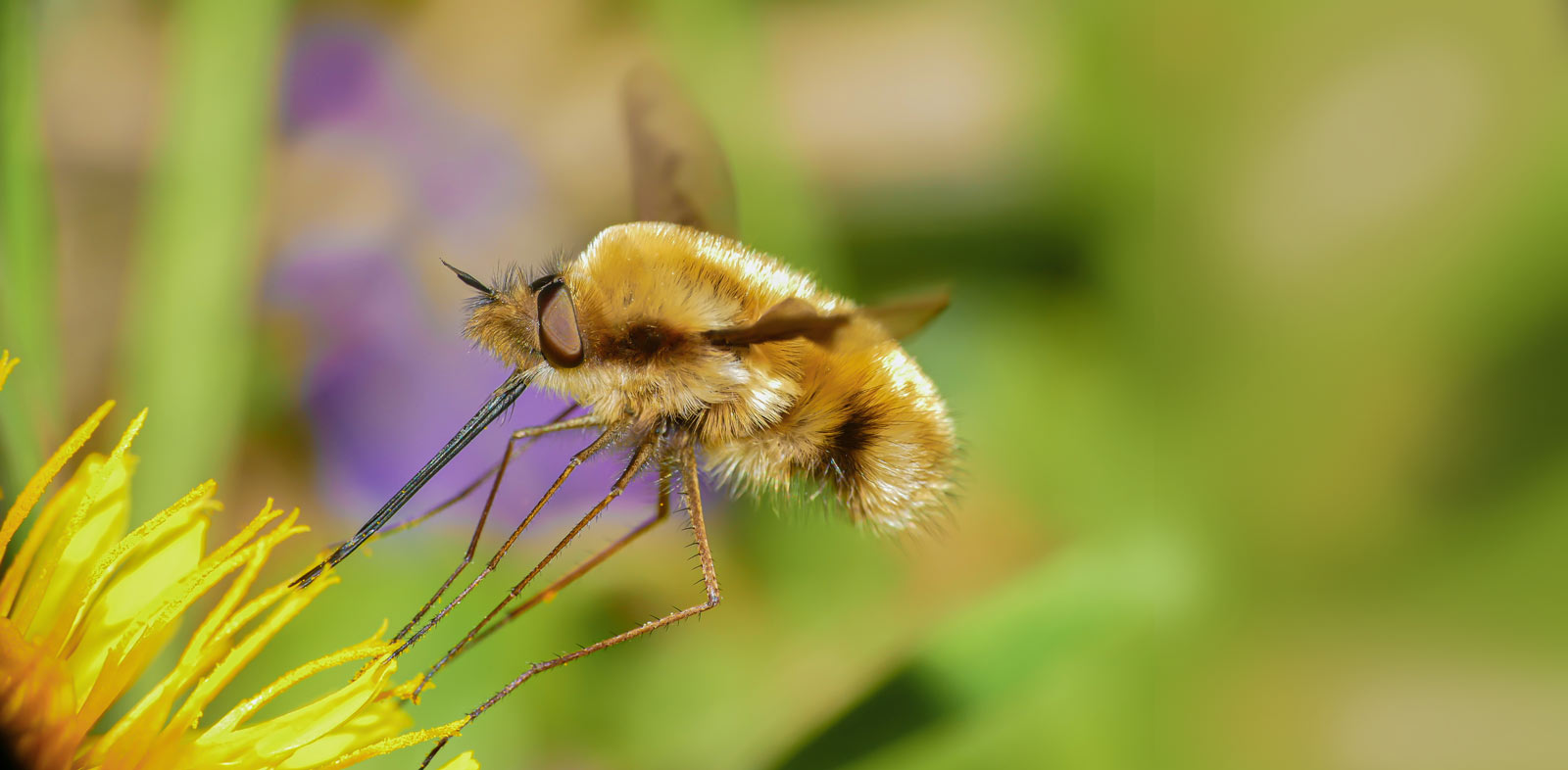
Springtime: “No matter how long the winter, spring is sure to follow.” -Anonymous
“No matter how long the spring, bugs are sure to follow” -Reality
In our sometimes-rushed lives, we fail to appreciate the detail of things in general whether a conversation, article, game, or even a bug. We understand the reasons why we should pay greater attention to conversations, articles, or games, but why bugs? The simple answer is that not all bugs are the same, and not all bugs are bad.
All ‘bugs’ or insects have a greater purpose in their lives aside from annoying people with their pesky behaviors. Some bugs, and their pesky behaviors, are determined to damage our health, stored foods, and structures; that is their greater purpose in life. Mosquitoes need our blood; termites damage our structures; some ants, flies, moths, and beetles want our food and fabrics. Even though we consider bugs that cause us harm as “bad”, they all play an essential role within the ecosystem where they live.
Pest Definition:
However, most bugs that live in our region are considered “good” or beneficial within their environment, and sometimes these good bugs accidentally enter our space along with their harmless but pesky behaviors. The scientific definition of a pest by Purdue Dept. of Entomology is as follows: A pest can generally be defined as any animal, plant, or other organism whose biology, behavior, or location places it in direct conflict with humans. Because some insects threaten human health, destroy food, damage structures or landscapes, or cause general annoyance or anxiety, they are considered pests.
Considering this definition of pest, we can claim everything that is unwanted is a pest, and therefore, should be controlled or eliminated. In following this mindset, many beneficial insects would be destroyed and eventually, their very survival as a species would be in jeopardy. Education and knowledge are powerful elements in determining serious pests from beneficial insects. Even though the insect world is full of mimics that appear to be threatening, a closer look may reveal they are in fact harmless and beneficial. Knowing the difference between the good, bad, and ugly bugs may seem irrelevant, but with almost 2 million species described, the details will help save time with proper identification and if action is required.

Monarch or Viceroy Butterfly?
Older songbirds understand this concept well by observing the details of bugs they eat before taking a bite. In the butterfly world, the monarch is one of the most revered of all species, and in nature they have a mimic cousin named the viceroy butterfly. While there are distinguishing characteristics between the two species, their wing patterns, coloration, and body type are nearly identical. The viceroy mimics the monarch because most birds avoid eating monarch butterflies knowing they are poisonous. If a non-tolerant bird ingests a monarch, it will surely vomit almost immediately or even die from the milkweed toxins within the monarch’s stomach. So, birds pay very close attention to the details of things they eat, especially when selecting a viceroy over a monarch for a tasty meal.
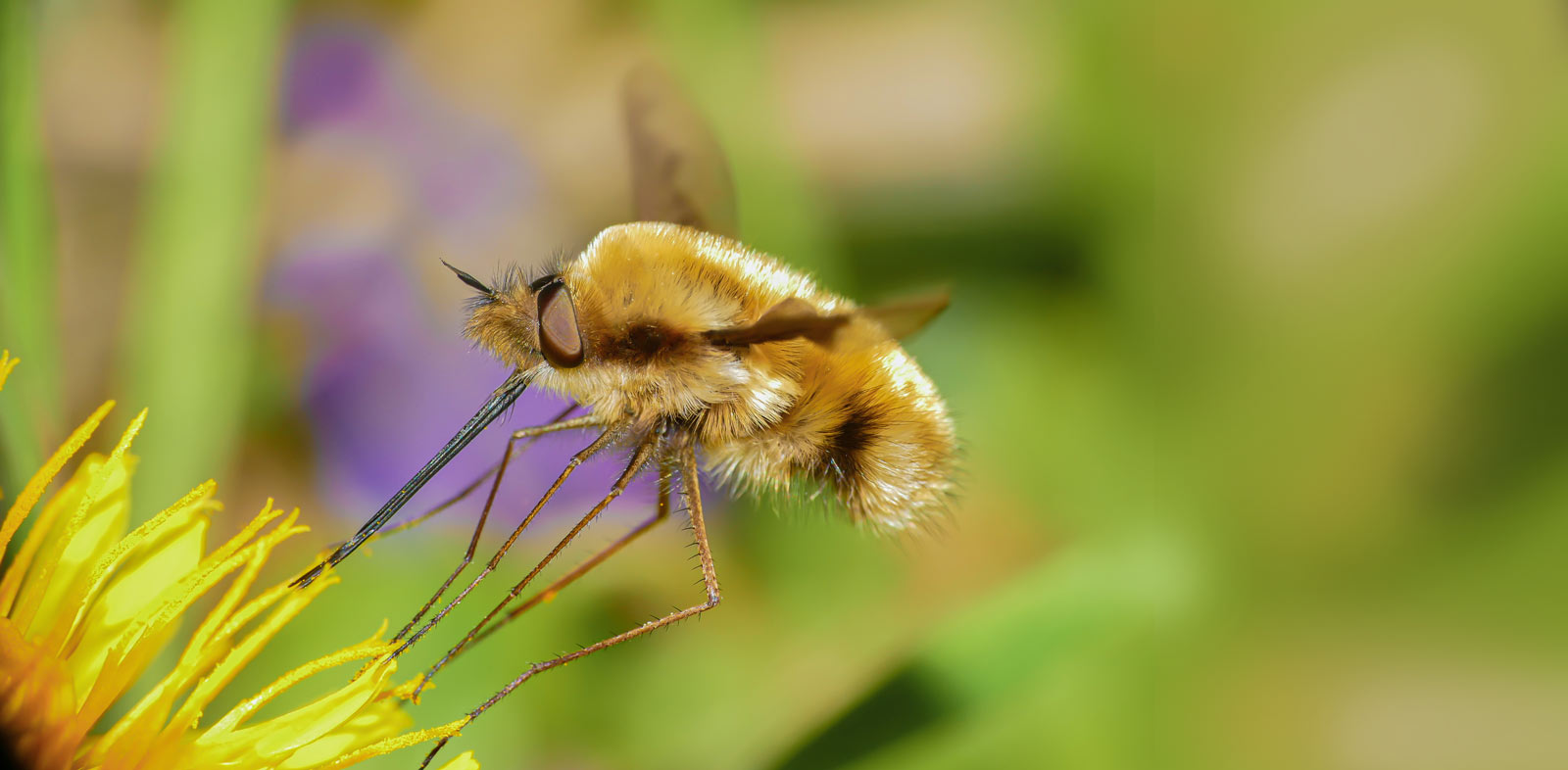
Bee Fly:
Mimicry is a common insect occurrence, especially within the fly and bee worlds in New England. One very interesting fly, named the bee fly, is a dead ringer for a honeybee or small bumblebee; the bee fly is harmless and a beneficial pollinator of plants. At first glance, we might want to swat this fly because of its resemblance to a stinging insect. The difference between bees, wasps, and bee flies is in the wings and stinger. Bees and wasps have two pairs of wings while all flies have a single pair. The bee fly has a very long proboscis protruding from the head region. This body part is more akin to a hummingbird beak and tongue for lapping up nectar. Flies lack stingers. Bees and wasps have their stinger located at the end of their abdomens (rear end).
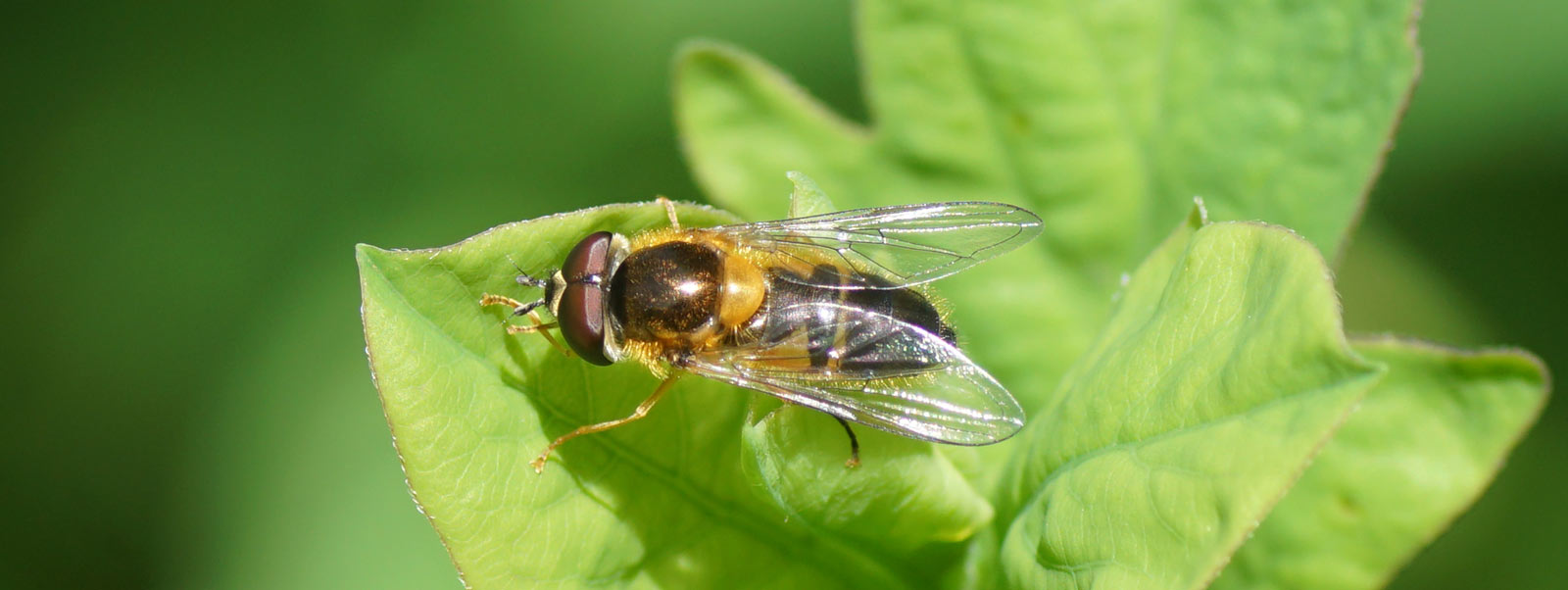
Hoverfly:
Another beneficial fly that is often swatted by people for its uncanny yellowjacket appearance is the hoverfly or syrphid fly. These flies vary in size and color pattern, but most are mistaken as dangerous yellowjackets or wasps when in fact you can gently hold one in your hand without any fear of getting stung. The characteristic flight pattern of this fly is another giveaway as they can “hover” in the air like a helicopter or hummingbird. Bees and wasps cannot hover like syrphid flies. The reason hoverflies mimic yellowjackets and wasps is to warn predators that they are dangerous, even though they are completely harmless and likely a tasty meal. Hoverfly adults are pollinators, and their larvae are aphid predators. Aphids destroy plants and attract ants because they excrete a sticky sweet substance called honeydew.
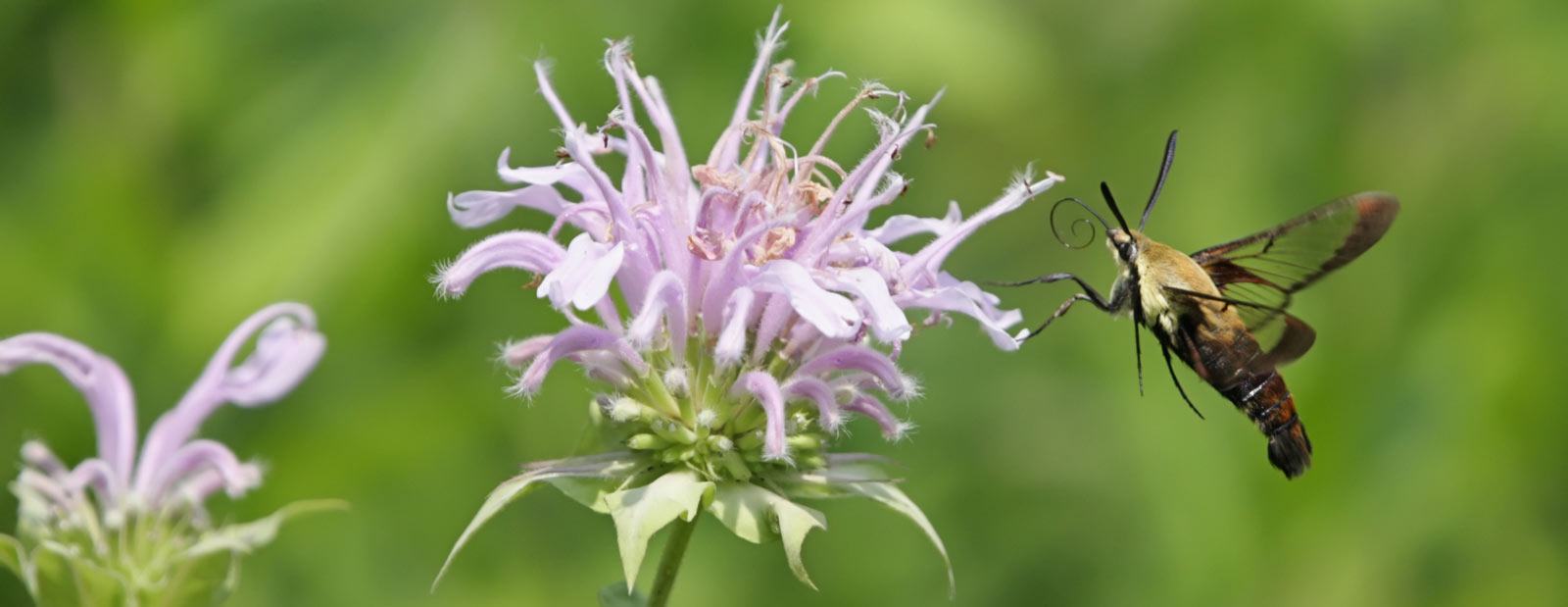
Snowberry Clearwing Moth:
While the viceroy is the most famous butterfly mimic, the snowberry clearwing moth is a “pretty” intimidating critter and has the appearance of a bumblebee big enough to instill caution with any person at first glance. Again, this beautiful (pretty) example of mimicry in the insect world is for self-preservation, and the snowberry clearwing moth is perfectly harmless and a beneficial pollinator belonging to the sphinx/hummingbird moth group. The hummingbird moth is very large and often mistaken for a hummingbird because of its flight pattern, coloration, and feeding behavior. Hummingbird moths are common garden visitors of gardens in late afternoon and early evening during summertime.
So, before you pick up a fly swatter or take a swing with your hand, remain calm and take a closer look at the bug in your presence. It just might be one of the many beneficial insects that make their home in your backyard, garden, or the woods nearby. At JP Pest Services, we have leading industry experts and entomologists who can help you identify the bugs that enter your domain. We are always more than happy to help you learn about the many beneficial bugs within our community.

